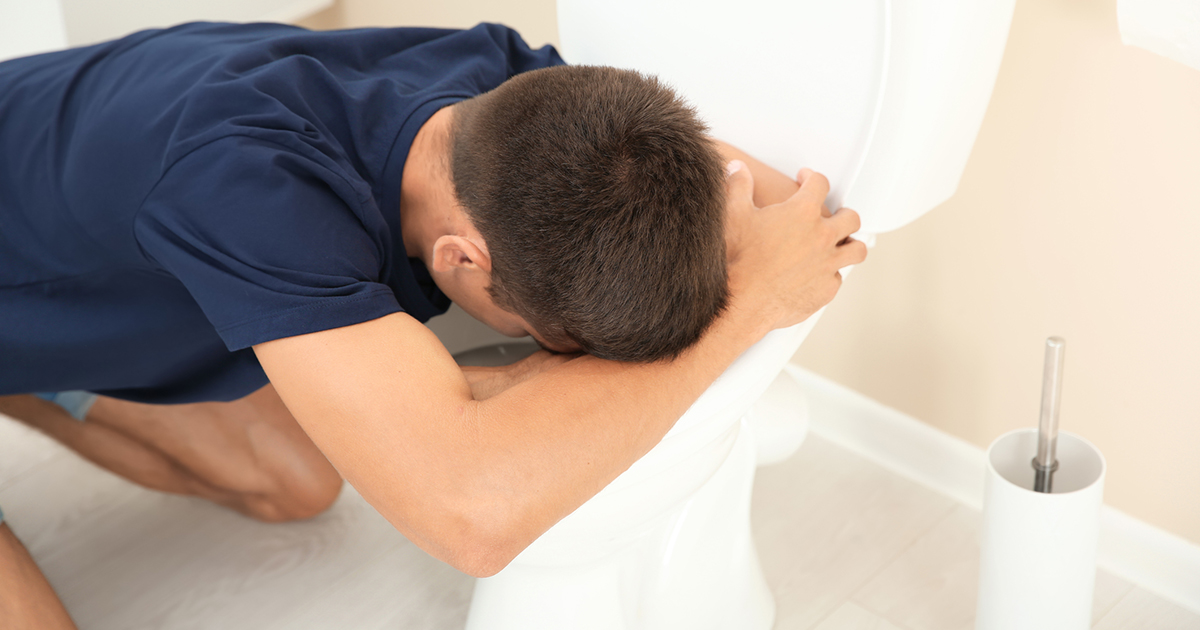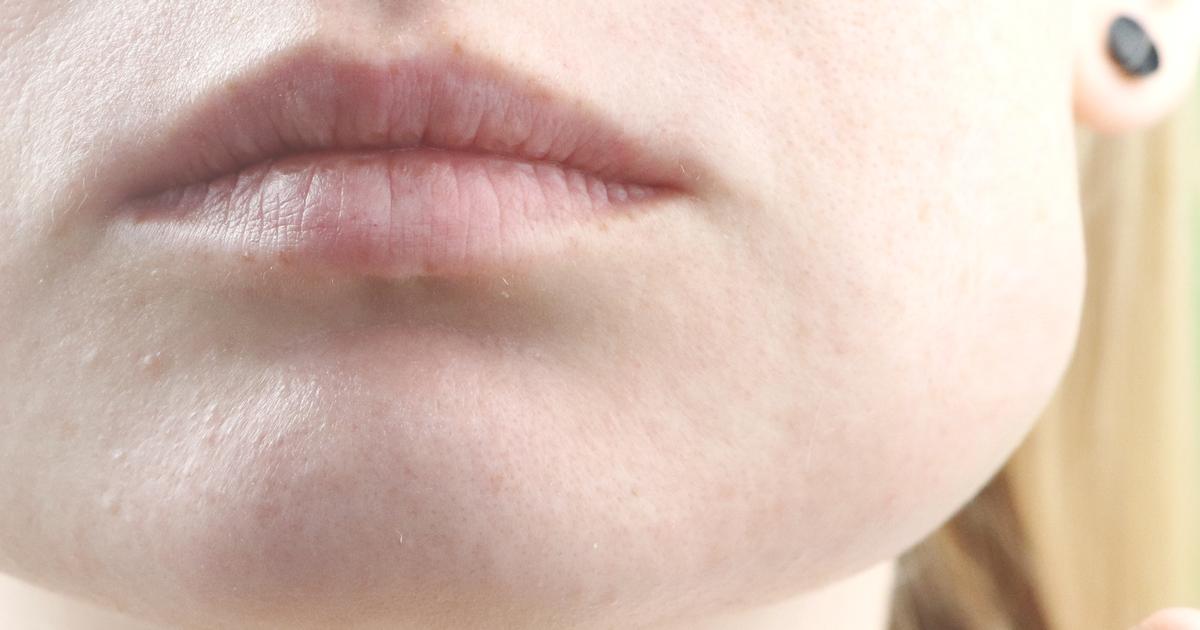Warning Signs Of Skeeter Syndrome
Vomiting

Vomiting is generally an indication of a more advanced case of skeeter syndrome, and patients who are experiencing this symptom may be unable to keep any food or liquid down. Individuals may wish to note the date, time, and number of episodes of vomiting; this information can be useful for clinicians. In general, vomiting lasts between six to twenty-four hours, and most cases can be treated at home. However, patients should go to an urgent care center or to the emergency room if vomiting occurs in conjunction with a fever of more than 101 degrees Fahrenheit or if diarrhea, confusion, rapid heartbeat, or rapid breathing are also present. To prevent dehydration, patients may want to use an oral rehydrating solution if vomiting lasts more than twenty-four hours. Patients who are vomiting should avoid all solid foods until the vomiting has passed, and doctors recommend drinking clear liquids in increasing quantities. Individuals taking oral medications should temporarily discontinue these while they are ill, as some medications could irritate their stomach and worsen vomiting. Patients on several oral medicines should check with their healthcare team about when to resume taking these.
Get familiar with more warning signs of skeeter syndrome now.
Puffy Face

A puffy face may be a sign of anaphylaxis, one of the most severe complications of skeeter syndrome. Sometimes, the eyelids may swell shut, and the lips, tongue, or throat may become swollen too. Patients might notice an itchy rash that appears suddenly. Anaphylaxis can progress rapidly and lead to dizziness, low blood pressure, rapid heartbeat, and severe breathing difficulties. The condition is considered a medical emergency, and patients experiencing any facial puffiness or other potential signs of anaphylaxis should go to an emergency room or call for emergency medical attention immediately. To diagnose anaphylaxis, blood tests can be used to measure levels of tryptase, an enzyme that remains elevated for up to three hours after anaphylaxis begins. Epinephrine is normally the first treatment for this condition; it reduces the body's allergic response. Patients might be given intravenous antihistamines or cortisone to reduce inflammation and make breathing easier. Supplemental oxygen and beta-antagonists may be used to improve breathing as well, and patients will be closely monitored.
